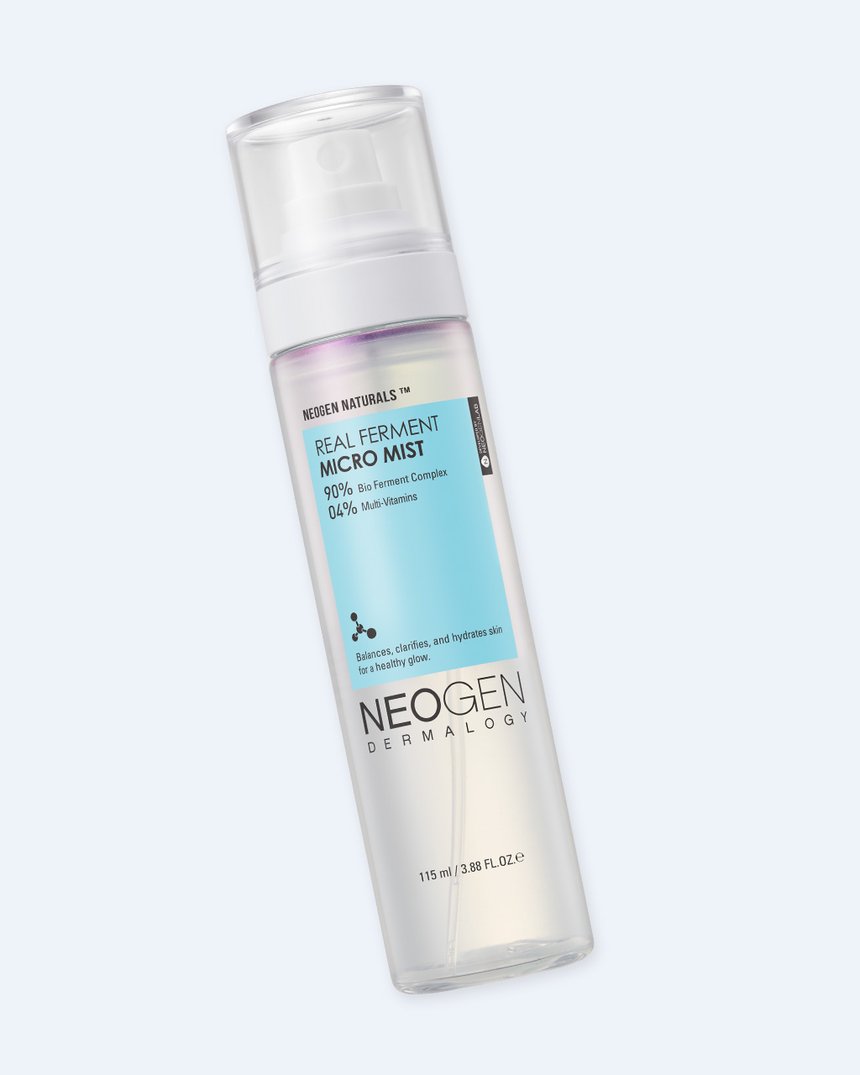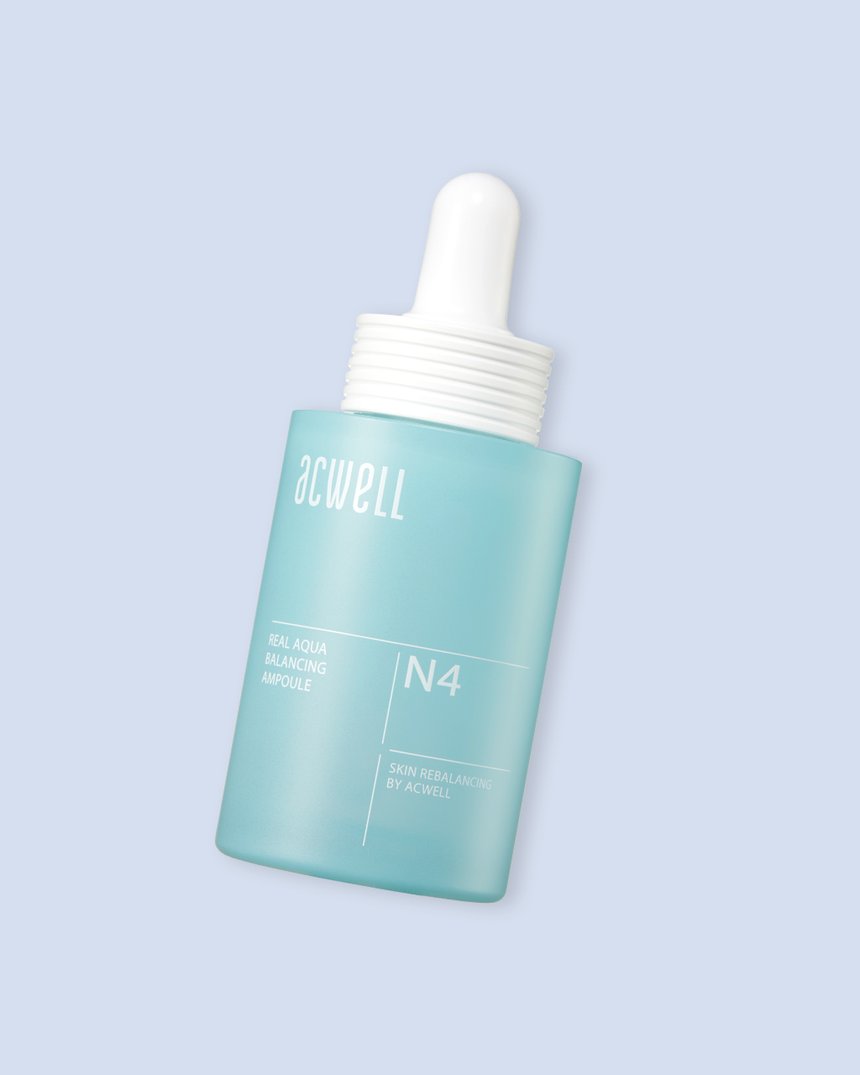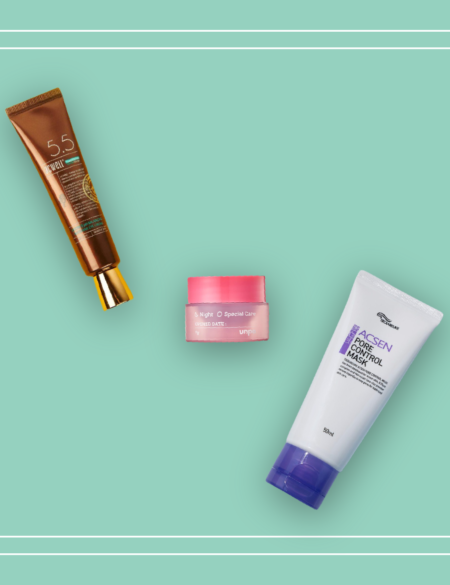Get glowing now.
When winter approaches, we stock up on moisturizers and hydrating treatments packed with ceramides and hyaluronic acid to avoid dry, flakey skin. Summer signals that it’s time to start doubling-down on sunscreen and taking advantage of soothing ingredients, like cica.
But, when transitional seasons, like spring and fall, come knocking, we tend to get a bit confused about how to revamp our skin care routines to address these seasons’ set of skin-based challenges. The concerns associated with these times of year are less cut and dry, and more of a mish-mosh of the complexion troubles brought about by the seasons before and after it.
That’s why we’re outlining for you what exactly happens to the skin during this refreshing season and how to restart your spring skin care routine accordingly.
Revamping your skin care routine is important to keep skin healthy, nourished skin and spring’s skin challenges overlap quite a bit with those of winter and summer. However, the season of rebirth and growth also brings with it its own pesky list of concerns.
Read on to see which concerns you should focus on this season- and the five best products we recommend to revamp your spring skin care routine to do just that.

Keep on Moisturizing: Acwell Real Aqua Balancing Ampoule
Now that winter is over, you may be tempted to skip out on moisturizer. However, the skin needs moisture year round! Depriving your skin can cause acne and excess oil production.
Beyond our skin’s need for hydration 24/7/365, spring’s a great time to repair all of the havoc that the dry, arid winter air wreaked on the skin barrier. Repairing is as easy as (you guessed it) moisturizing.
The Acwell Real Aqua Balancing Ampoule is the perfect seasonal hydration swap. With a lighter consistency than the heavy creams of winter, the ampoule delivers serious hydration with hyaluronic acid and Acwell’s patented N4 complex, which includes houttuynia cordata extract and licorice root extract, specifically designed to deliver and lock in water within the skin barrier.
Double Down on Sun Protection: Papa Recipe Bombee Moist Sun Essence SPF 50+ PA+++
We all know we should be wearing SPF year round. Dermatologists even encourage us to wear it inside, as the sun’s rays can still damage our skin through windows, triggering damage and premature aging.
Spring’s the perfect time for us to get serious about sun protection, as the sun’s rays increase in strength and we begin to venture outside more often.
We can’t stop singing the praises of Papa Recipe Bombee Moist Sun Essence SPF 50+ PA+++- a lightweight and fast-absorbing formula that contains both chemical and mineral ingredients to shield the skin from damage. It is truly non-greasy and doesn’t leave a white cast and contains honey extract!
Get The Spring Glow: Neogen Real Ferment Micro Mist
Spring’s amalgamation of environmental factors, paired with the sudden transition our body and skin has to make, can leave the skin dull and irritated. Fixing this is as easy as misting a fermented based and hydrating essence on the face throughout the day. The Neogen Real Ferment Micro Mist is perfect for refreshing dry skin throughout the day, providing the user with a nourished glow. It accomplishes a luminous sheen through its formulation, which includes tons of fermented goodness with bifida ferment lysate, rice ferment filtrate and saccharomyces ferment filtrate.
For as much as spring’s beautiful, it’s also annoying. According to the American College of Allergy, Asthma, and Immunology, a whopping 50 million Americans deal with allergies in the USA. The blooming flowers and plants that perk up our moods, puff up our eyes, get our noses running, and cause irritation dermatitis.
Seeing as allergies are irritation based, soothing and healing ingredients, like cica and artemisia, are the key to defeating spring’s skin effects.
One of our favorite healing essences is Missha’s Time Revolution Artemisia Treatment Essence which soothes, by delivering anti-inflammatory benefits through artemisia. Pair this essence with the Good (Skin) Days™ A New Leaf Cream Cleanser, a gentle product which contains mugwort and antioxidants to soothe, and you have an allergy crushing comb on your hands.
Check out these spring must haves on sokoglam.com!
















